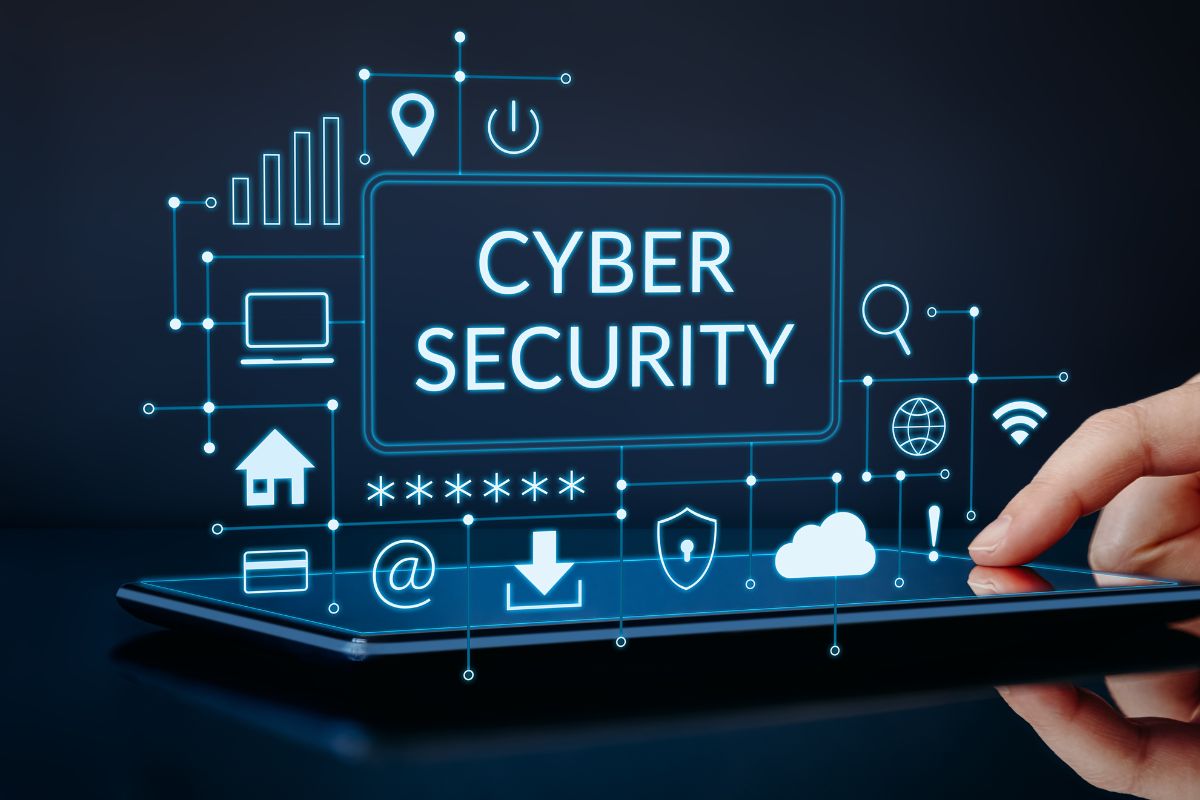In an age where cyber threats are increasingly sophisticated, implementing robust cybersecurity measures is vital to protect digital assets. This post provides actionable best practices to help secure your data and systems.
Password Management:
- Strong Passwords: Create complex passwords with a mix of letters, numbers, and symbols.
- Password Managers: Utilize tools to securely store and manage passwords, reducing the risk of reuse or weak passwords.
Multi-Factor Authentication (MFA):
- Overview: MFA adds an extra layer of security by requiring additional verification beyond just a password.
- Implementation: Use SMS, email, or authenticator apps for MFA to enhance account protection.
Regular Software Updates:
- Importance: Keeping software up-to-date ensures that you have the latest security patches and fixes.
- Automation: Enable automatic updates where possible to minimize vulnerabilities.
Phishing Awareness:
- Recognizing Phishing: Learn to identify common phishing tactics, such as suspicious emails or links.
- Training: Conduct regular security awareness training for employees to recognize and respond to phishing attempts.
Security Audits:
- Regular Audits: Perform periodic security audits to assess vulnerabilities and compliance.
- Penetration Testing: Engage in simulated attacks to identify and address potential weaknesses.
By following these best practices, individuals and organizations can significantly reduce their risk of cyber threats. A proactive approach to cybersecurity helps ensure the protection of valuable digital assets and maintains trust in your digital environment.
